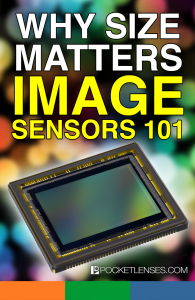 A few years ago the thing most people paid attention to when selecting a new camera was the megapixels (MP). It was an easy thing to look out for. You didn’t need to think about much more: the higher the MP meant it was a better camera, right? … Not exactly. For a while the camera manufacturers were happy to escalate the MP wars, cranking out higher and higher MP cameras, knowing that it was one of the main factors that buyers were paying attention to when choosing a camera. Today we’ll take a look at one factor that you should really take into consideration when choosing your next camera.
A few years ago the thing most people paid attention to when selecting a new camera was the megapixels (MP). It was an easy thing to look out for. You didn’t need to think about much more: the higher the MP meant it was a better camera, right? … Not exactly. For a while the camera manufacturers were happy to escalate the MP wars, cranking out higher and higher MP cameras, knowing that it was one of the main factors that buyers were paying attention to when choosing a camera. Today we’ll take a look at one factor that you should really take into consideration when choosing your next camera.
There are many, many factors that go into making a well made camera that will affect the quality of the final images: the quality of the lens, the image processor (brain), the design of the sensor, the amount of MP and the size of the sensor all come into play. Today we’re going to explore the importance of the size of that image sensor and discuss why it may be the one key factor you should consider when evaluating that new shiny camera that’s been calling to you.
Why image sensor size is so important
Back in college I used to ride motorcycles, fast … actually too fast. I’m lucky to still be around. One of the sayings I heard at the time was “there’s no replacement for displacement” meaning that the size of the engine of your car or bike determined it’s power and speed. Although there will always be people who will argue to the contrary (turbo), for the most part, this is true. The same goes with cameras. The size of the image sensor determines how much light it can collect to create an image. Image sensors are made up of millions of tiny little photosites which record the light information they get from the lens. The bigger the sensor, the more information it can collect, which translates (all other things being equal) to better quality images.
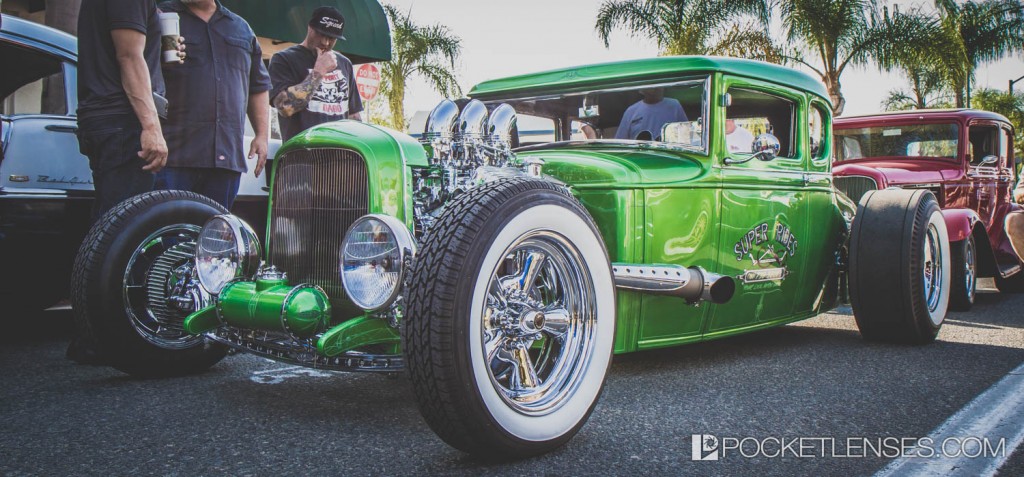
An illustration using food
To illustrate, imagine this: Let’s say you throw a party, and to impress your guests you order a gigantic rectangular pizza approximately the size of your standard ping pong table. You have a hundred guests so you’ll need to cut up the giant pizza into 100 squares. Now imagine you were really trying to impress your peeps and you ordered a rectangular pizza the size of a full tennis court! Still having the same hundred hungry guests, you’ll need to slice up the pizza into 100 squares. Quiz time: Which scenario will create larger pizza slices (and therefore happier guests)? Yup! Even though both are “sensors” that are 100 MP (mini-pizzas) each, the tennis court sized “sensor” has bigger slices. In fact, each slice could actually hold more cheese, pepperoni, olives and pizza goodness. You “could” take the ping pong table pizza and increase the slices (let’s say to 150 MP), but that doesn’t give you more “stuff”, only a bigger size court does … get it?
OK, let’s step away from the pizza analogy (I’m getting hungry) and talk about what this means in the real camera sensor world. Larger sensors capture more light and create photos with more dynamic range (the range from dark to light), less noise and improved low light performance. Larger sensors can produce more detailed images.
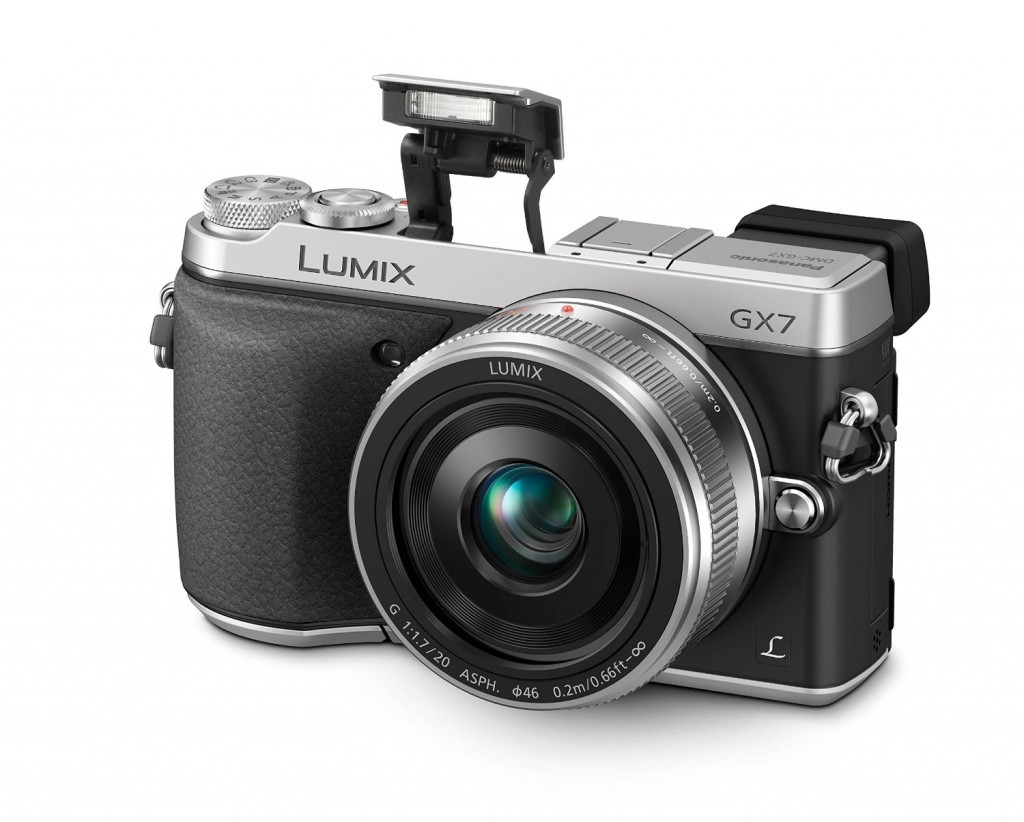
Enough is enough?!
Regarding MP, a while back people started wondering “when is enough, enough?” A good question and one that people can continue to debate, but if you take a look around at most new cameras today, you’ll notice that the MP wars have begun to plateau. Many cameras today have a range of 16 – 25 MP and are able to produce great images. So how much is enough? In reality it’s always going to be a combination of the several factors I mentioned earlier. A lot has to do with what you intend to do with the images as a final product. Are you going to share them on Instagram and Facebook or do you plan to tightly crop them and print them to huge wall size prints?
After reading this you may be all revved up (did you get the motorsport reference there?) and ready to go out and buy the biggest full frame sensor camera that you can find. Whoa there Tex! There are a few things that you should consider. A bigger sensor will generally end up costing you more for several reasons. One is the obvious cost of the sensor itself, but related is the cost of the camera surrounding that sensor. In order for a larger sensor to get the benefits that you expect, you’ll need to pair it with a large (also read “heavy” and “expensive”) lens to go with it. This is why professional SLRs are usually large and bulky. Smartphones, on the other hand, value slim mobility.
Let’s summarize the pros and cons:
Bigger sensors are better because:
Better dynamic range
Less noise
Improved low light performance
Better quality images
Better at isolating a subject and blurring out the background
Bigger sensors are not ideal because:
Bulky: The sensor takes up more room and requires bigger gear (lenses, etc.) to support it
Bigger price tag
Here are some typical images sensor sizes. I know it may seems confusing at first, but hang tough, it’ll make sense.
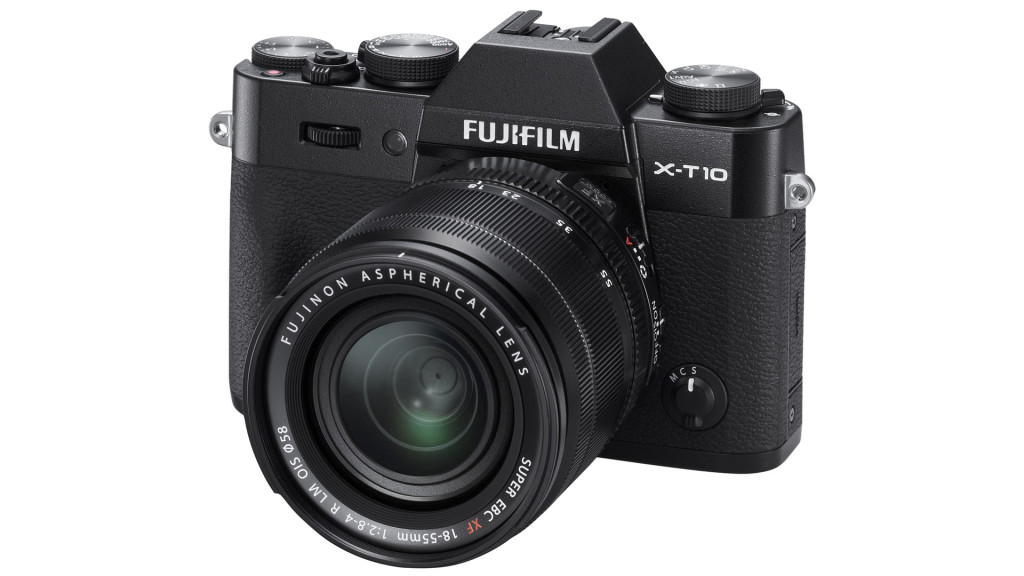
Digital Camera Image Sensor Size (from large to small)
(LARGE)
Medium Format
Full Frame
APS – H
APS – C
APS – C (Canon)
1.5 “
Foveon (Sigma)
4/3 (four thirds or micro four thirds)
1 inch or CX (Nikon) Sony Rx100
2/3 Fuji X10
1 / 1.7 Most compact / point and shoot cameras Panasonic LX7
1 / 2.3 Most compact / point and shoot cameras
1 / 3.2 iPhone 4
(TINY)
To get an idea of sensor sizes, check out the chart I created (below) to help illustrate the sizes. Most people don’t realize just how small image sensors really are. A full frame sensor (found in expensive, large, professional DSLRs) is only 36mm across! Sensors that you’d typically find in large DSLRs are APS-C or Full Frame in size. Sensor sizes for a typical “point and shoot” camera are usually within the 1/1.7” or 1/2.3” range. They are about the size of your pinky fingernail. Tiny! Even smaller still, smartphones typically have micro-tiny sensors but they can do a decent job to make up for it with pretty good lenses, fast processors, image stabilization and clever software.
Camera Makers Meet the Demand
Recently, camera manufacturers have realized that people crave the high quality images that are usually associated with bigger sensors. Because of this, we’ve seen larger and larger sensors crammed into smartphones and small camera bodies with some pretty amazing results. Panasonic just announced (Sept 2014) a new Smartphone with a 1” sensor and a huge cameraphone called the Lumix DMC – CM1.
Within the last few years, there has been an explosion of high end, VERY capable cameras that have large sensors housed in small bodies. The Advanced Compact Sony RX100M III is one such camera with a relatively large sensor (1 inch) packed in a small body. Another is the Canon G1X which squeezes a large 1.5” sensor into a relatively small form factor.
What is a Mirrorless Camera?
The kinds of small body / large sensor cameras that are being produced today are so packed with new innovation that people are scrambling to come up with labels for these new breeds of camera types. Back when film was the only choice, it was clear that an SLR (Single Lens Reflex) was large and more capable than a “point and shoot” using the same film (35mm). The design of an SLR has been around for over half a century and when digital cameras were being developed, it made sense to design them using the same format and merely replace the film element with a digital sensor. An SLR uses a mirror as part of the design to bounce light into the viewfinder.
As digital cameras have evolved, camera manufacturers have been reengineering, from the ground up, lenses, camera bodies and software to produce stunning images within the new parameters of digital media. As these new designs prove themselves to be, in many ways, comparable to that of Digital SLRs (DSLRs), people attempt to convey the capability of an SLR (i.e. “this is not a point and shoot digital camera”) and yet distinguish it from SLRs at the same time (i.e. “this is not a big and bulky camera”). The term that has been coined and seems to be, at least for the time being, sticking is “mirrorless”.
Some may find the term mirrorless camera amusing or confusing since point and shoot cameras as well as smartphones do not have a mirror and have been around for a while. So why the term “mirrorless”? A “mirrorless camera” typically has a large sensor, a relatively small size, and all the capabilities of a large DSLR. Take a look at these examples of mirrorless cameras (Panasonic LUMIX GX7, Fujifilm X-E2, Olympus OM-D E-M5 and the Sony a7R) and you’ll quickly grasp the concept. These are small, pricey and VERY capable cameras. You’ll also notice that one feature they have is that they allow you to change or swap out the lens (like a typical DSLR). Lenses of this type are usually of high quality and will allow you to extend the range from a wide angle to a telephoto field of view. This also gives them the distinction of being “Interchangeable Lens Cameras” or ILCs. OK, you’ve gotten your camera geek term serving for the day. If someone were to throw the lingo “Mirrorless ILC” your way, you can now nod smugly with understanding.
In summary:
It’s obvious that camera buyers are beginning to see the benefits of larger sensors and are willing to pay for it. Manufacturers are producing cameras with better quality images and more features packed into smaller bodies. Even smartphone makers are striving to keep up with the demand in their offerings.
Sensor technology continues to improve and we’re seeing better performance than ever, but still, size does matter. As camera makers innovate to fit large sensors into smaller camera bodies, people who love to create beautiful images can all come out the winners.
I’m looking forward to the developments that are sure to come in the next few years. With so many camera manufacturers competing for attention, this is sure to be an exciting time. Competition drives great innovation while driving the price down as more and more choices become available. Keep your eyes open for the next “big thing”, it just might come in a tiny, compact body!
Listen! Be Bold!

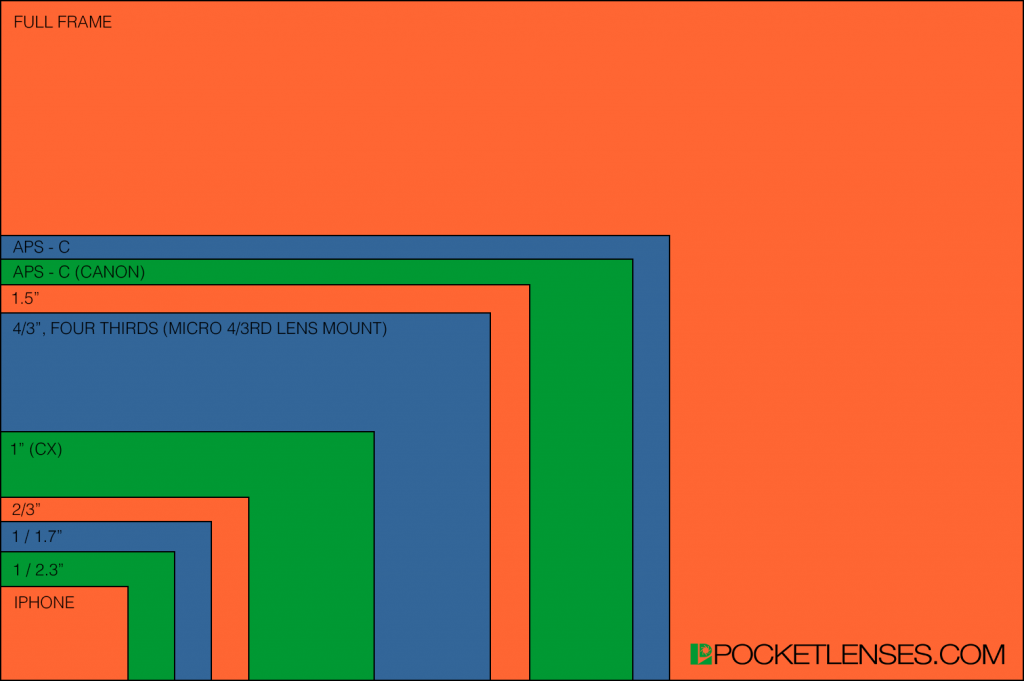





How would you rate my camera?
I have a fujitsu finepix hs30exr, and i must admit i have been a little bit too lazy to learn it all, and have used lots of the pre-set stuff, but still need to teach myself how to use the ISO for different indoor settings and such.
How do you use the camera when you need to take a picture really fast?
If you first need to set all the different stuff, before you can take the picture?
Is it even possible to take a GOOD picture without preparing alot?
Ragnhild, I took a look at your camera model. It looks like a decent camera. I found it for about $250 (US Dollars) and it seems to be about 2 years old (2012). With at 30x lens, this would fall into the superzoom range of cameras. To answer your questions: 1) To take pictures quickly I’d keep the camera out an on. I’d also keep it in either full program (auto) mode or, what I like to do is set the ISO to automatic, use the “A” (aperture priority mode), set the aperture to as low a number (widest aperture) that it can go and finally set it to continuous frames. This way when something happens, you can get a few shots off with a nice wide aperture and your camera will set the ISO to compensate. You can also set your flash to either on, off or auto. I usually have mine set to off. I think this answer should answer your other 2 questions as well. For me, unless I KNOW the conditions will demand something else, just to be prepared, I have my camera set the way I’ve described above. Once the “panic” of getting a few good shots settles, I might make adjustments as needed to keep shooting and get different types of images from the same “opportunity” Hope this makes sense and hope this helps!
Great breakdown of the sensor sizes. I’ve never really paid attention to that feature when looking at cameras, but I see that I should. Thanks for putting together this info in one tidy place.
Pat, I partially did this article for my benefit as well. As I was looking at the newest offering in cameras, I realized that one of the most important factors, as well as one that can be most confusing, is sensor size. I hope this helps other people understand better and use this information to help them make better decisions.
You did a nice job of explaining sensors and the proportion of quality in photos. Your knowledge of camera equipment is vast. I have always used you as a source when I buy new camera equipment. Thanks for this article
Thanks Bill. Yup, sensor size is often overlooked and in truth, something that is not easily spotted when looking at camera specs. I think that manufacturers often tuck it away and instead focus on other features and shiny objects of their cameras.
This is great information. Watching the videos saved me hours of time spent on research. Ya gotta love the folks that take the time to make it simple for camera dummies like me! Thank Pocket Lense.
Hey Dan! You’re most welcome. Glad I could help out!
Whoa! That was a lot of information! Great stuff though. I was always enthralled by the MP rating, but now I know there is more to the story. Thanks for taking a complex subject and distilling it down for a novice like me to understand.
You’re most welcome Phil! Ya, the camera industry really pushed the MP number as a way to sell cameras. It was an easy number to fixate on and wrap heads around it, but there’s much more to it that just MP.